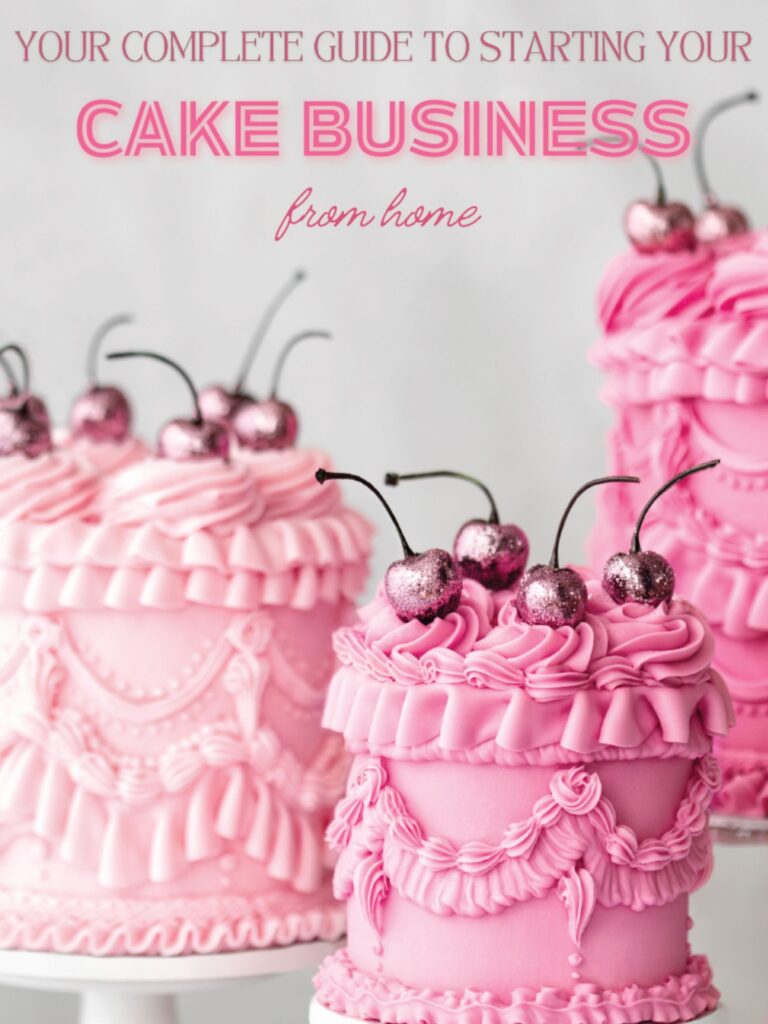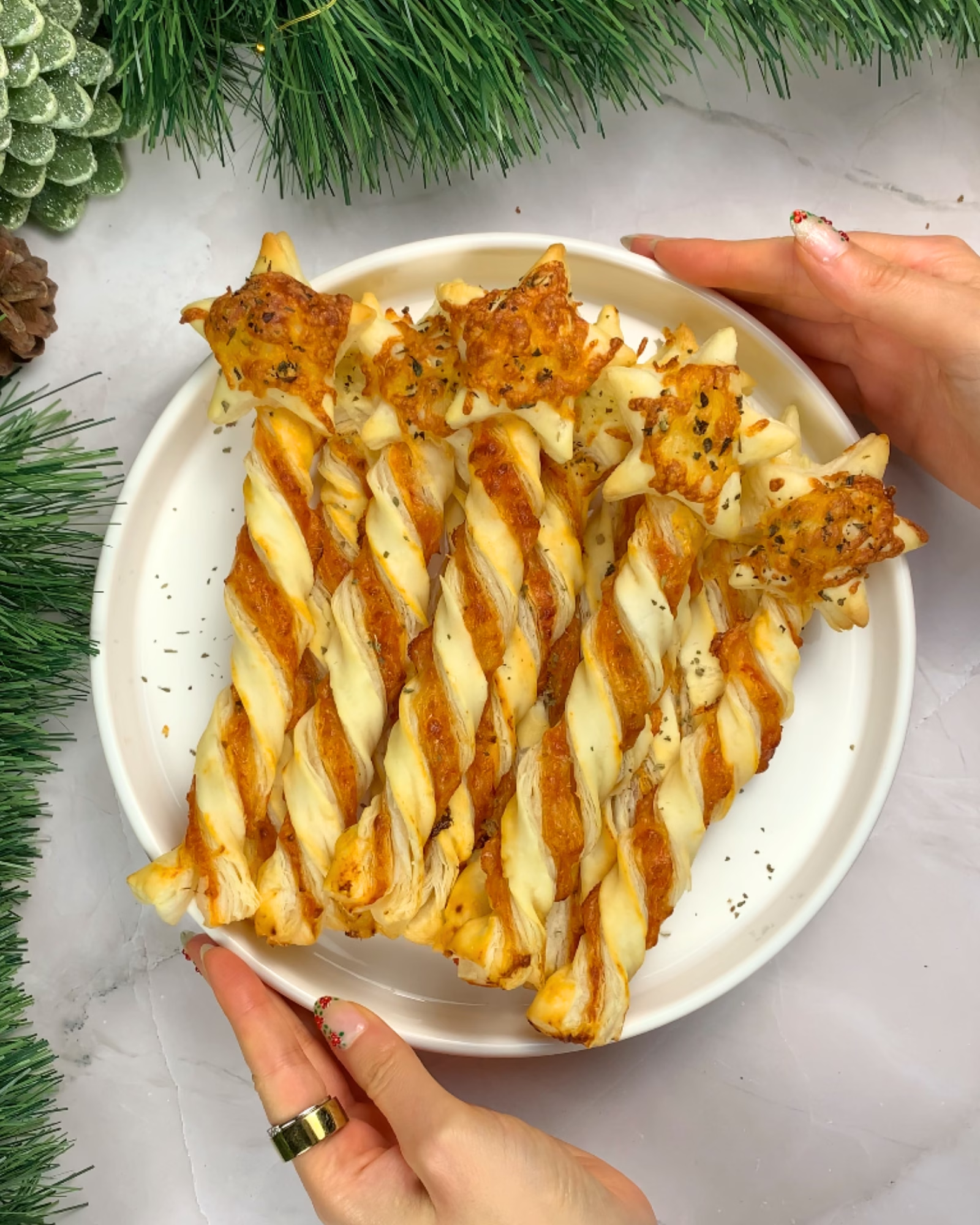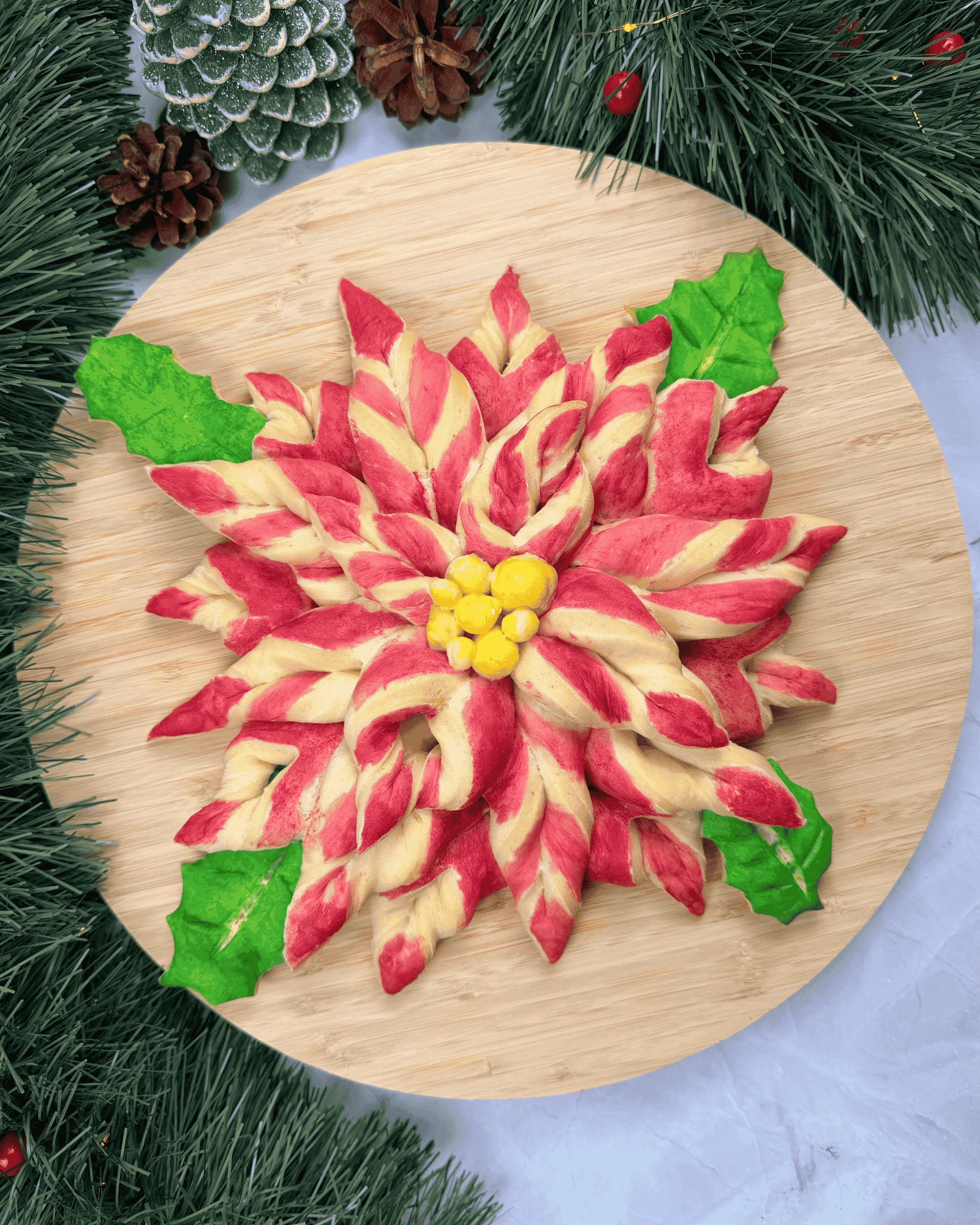This no-butter red velvet cake is soft, moist, and easy to make. It has a vibrant red color, a light texture, and is paired with a no-butter cream cheese frosting for the perfect finish!

Published: March 19, 2025 by Pamela. Updated on September 26, 2025.
This post may contain affiliate links. Please read our disclosure policy.
When it comes to creating cake recipes, I don’t stop testing until I’m completely satisfied with the results. I take my recipes seriously because I know people are spending their money on ingredients, and the last thing I want is for a recipe to fail. Negative comments are completely normal, and I welcome feedback, but what I can’t accept is someone following my recipe, putting in the effort, and ending up disappointed. That’s why this red velvet cake went through four trials before I was happy with it.
Most traditional red velvet cakes use butter, but I almost always prefer oil in cakes because of the texture it gives. It makes the cake softer, more moist, and helps it stay that way longer. You can use butter if you prefer, but keep in mind that it will change the consistency; it’ll be denser, slightly drier, but with a richer, buttery flavor. That being said, with today’s butter prices, I’m glad I naturally lean toward oil-based cakes!
This recipe is one of my favorites, and I’m excited for you to try it. I’ve done all the testing, so you don’t have to!
This recipe pairs well with my whipped cream cheese frosting that is made with 4 ingredients and has no butter in it!

Can you make red velvet cake without buttermilk?
If you don’t have buttermilk, no worries, you can make red velvet cake without buttermilk (well without actually buying buttermilk) because you can make a buttermilk substitute at home using milk and an acid (Lemon juice or vinegar), check out this recipe on how to make buttermilk at home.
Why This Red Velvet Cake Uses Oil Instead of Butter?
Using oil instead of butter in red velvet cake keeps the crumb soft and extra moist. Oil blends smoothly with the other ingredients and doesn’t solidify when chilled, so every slice stays tender even the next day. Butter adds flavor, but it can make cakes a little denser. By making this red velvet cake with oil, you still get that classic taste with a lighter, fluffier texture
How to Make Red Velvet Cake Step by Step:
- In a bowl, whisk together the flour, cocoa powder, baking soda, baking powder, and salt until well combined. Set aside.
- In another bowl, beat the eggs until they become frothy. Add the sugar and mix on high speed until the mixture turns pale and increases in volume.
- Pour in the oil and stir gently, just enough to incorporate it without deflating the air in the eggs. Finally, mix in the buttermilk until everything is combined.

- Sift in half of the dry ingredients and mix on the lowest speed just until combined. Repeat with the remaining half, making sure to avoid overmixing.
- Once fully incorporated, add the vanilla, food coloring, and vinegar. Stir well, adjusting the color if needed, but be careful not to add too much liquid, as it can affect the batter’s consistency.

- Pour the batter into a greased pan and bake at 165°C (329°F) for 30-35 minutes. Baking time may vary depending on your pan size (I used 6-inch round tins). Check for doneness by inserting a toothpick, it should come out with a few moist crumbs.
- Once baked, let the cake cool slightly before transferring it to a cooling rack. Cut, fill, and decorate as you like! You can try my no-butter cream cheese frosting for a perfect pairing.

Frequently Asked Questions About Red Velvet Cake:
- Why Do You Use Both Baking Powder and Baking Soda in Cake? Baking soda helps the cake rise by reacting with vinegar, while baking powder adds extra lift for a light, fluffy texture. Using both ensures the best results. Learn more about baking powder vs. baking soda here.
- Can I Use Just Baking Powder or Baking Soda Instead of Both? Using only one will affect how the cake rises. Baking soda needs an acid (like vinegar or buttermilk) to work, while baking powder provides extra lift. Using both keeps the cake soft and airy.
- Why Do You Add Vinegar to Red Velvet Cake? Vinegar reacts with baking soda to create air bubbles, making the cake lighter and fluffier. It also enhances the red color in the batter.
- Can I Use Gel Food Coloring Instead of Liquid? Yes! Gel food coloring is more concentrated, so you need less than liquid food coloring. Just be careful not to add too much, as it can affect the consistency of the batter.
- Can I Make Red Velvet Cake Without Food Coloring? Yes! Skipping the food coloring won’t change the flavor, but the cake will be more of a brownish-red instead of the classic bright red.
- Can I Use Butter Instead of Oil in This Cake Recipe? Yes, but the cake will be denser and slightly drier. Butter gives a rich flavor, while oil makes the cake more moist and soft.
- Can I Use White Vinegar Instead of Apple Cider Vinegar? Yes! White vinegar works just as well and won’t change the taste or texture of the cake.
- Do You Taste the Vinegar in Red Velvet Cake? No, the vinegar helps the cake rise but has no noticeable taste after baking.
⭐️ If you tried this recipe, be sure to leave a rating and share your thoughts in the comments below. I’d love to hear your feedback!

Red Velvet Cake
Ingredients
- 1 ¾ Cups All purpose flour (238g)
- 2 eggs
- 1 ½ Cups Granulated sugar (300g)
- 2 Tbsp Cocoa powder (15g)
- 2 tsps Baking soda (8g)
- 1 tsp baking powder (4g)
- A pinch of Salt
- 1 Cup Buttermilk (250ml)
- ½ Cup Vegetable oil (120ml)
- 1 tsp Vanilla
- 1 tsp Vinegar (I used apple cider)
- 2 Tbsp Liquid Red food colouring (Or ¾ Tbsp Gel)
Instructions
- In a bowl, whisk together flour, cocoa powder, baking soda, baking powder, and salt. Set aside. In another bowl, beat the eggs until foamy, then add sugar and mix on high until pale and fluffy. Mix in the oil just until combined (don’t overmix to keep the air in). Add buttermilk and stir to combine.

- Sift in half of the dry ingredients and mix on the lowest speed. Add the rest and mix again on low, just until combined. Do not overmix. Stir in vanilla, food coloring, and vinegar. Adjust the color if needed, but avoid adding too much liquid to keep the batter consistent.

- Pour the batter into a greased pan and bake at 165°C (329°F) for 30-35 minutes. Baking time may vary depending on your pan size (I used 6-inch round tins). Once baked, let the cakes cool slightly, then transfer to a wire rack. Fill and decorate as you like. You can use my no butter cream cheese frosting for this!

Video
Notes
- Nutrition info is estimated and may vary based on ingredients and portions. For the most accurate details, consider using a nutrition tool or checking our full Nutrition Information Disclaimer.







Leave a Reply